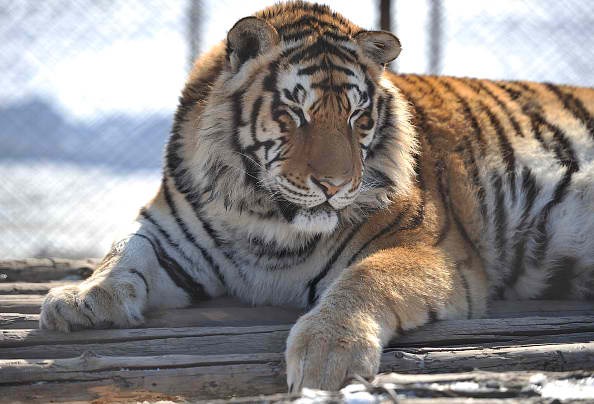China's green revolution is pushing forward as the government approved plans to build a national park to conserve the Amur leopard and the Siberian tiger. Both animals are close to extinction.
The park will be found at the Jilin and Heilongjiang Provinces and will be 60 percent bigger that the Yellowstone National Park, the biggest conservation park to date.
The park is slated to open in 2020 and will be a sanctuary for big cats. The Amur leopard and Siberian tiger are found at the boundary of Russia and China.
Dale Miquelle, a conservationist with the Wildlife Conservation Society, said that the new park will be one of the biggest in the world and shows promise for the big cats' dying breed.
He said, "China's commitment represents an extremely important step in recovering both subspecies in northeast Asia."
There are only close to 30 species of Amur tigers and leopards left. Losses were caused by encroaching roads, deforestation and climate change.
The cats were also found in South Korea but were declared non-existent in the mid-1900s. They are now mostly found in the northeastern part of Russia.
Around the same period, there were only less than five Amur tigers found in China. The Hunchun Tiger Leopard Nature Reserve was built in 2002 and logging was banned in the area.
The numbers of the Amur leopards then increased to 12 in China and 60 in Russia. There are now more than 400 Amur tigers in Russia alone.
The proposed national park should also remove the fear and losses of cattle and livelihood for the residents of Hunchun. There were reports from residents' cattle being eaten by tigers.
People have stopped gathering mushroom in the mountains because of fear for their safety.
The Jilin's Forestry Department spokesperson said that the government will "relocate some existing communities and factories from inside the national park area, so as to avoid conflicts between wildlife and human activities."



























